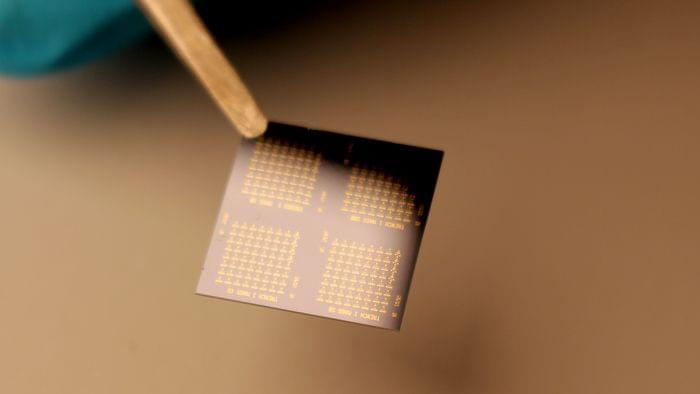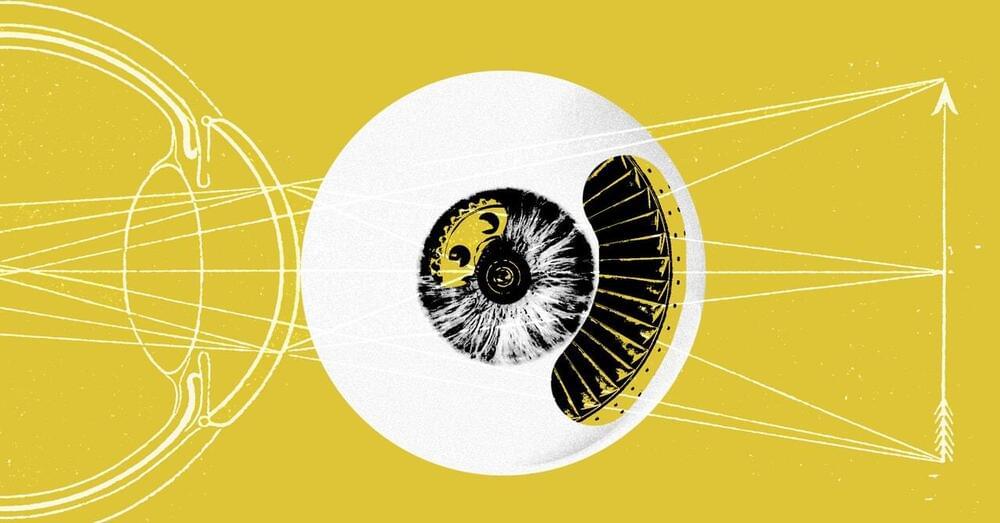Feb 7, 2022
Carbon Robotics unveils new farm tech that kills weeds
Posted by Shubham Ghosh Roy in categories: food, robotics/AI, sustainability
Carbon Robotics, an agricultural robotics company, today unveiled its 2022 LaserWeeder implement, an autonomous, laserweeding pull-behind robot that seamlessly attaches to the back of tractors.
The new LaserWeeder is a precise, organic, and cost-effective weed control solution for large-scale specialty row crops.
In addition to an updated build, the 2022 LaserWeeder features 30 industrial CO2 lasers, more than 3X the lasers in Carbon Robotics’ self-driving Autonomous LaserWeeder, creating an average weeding capacity of two acres per hour.

















